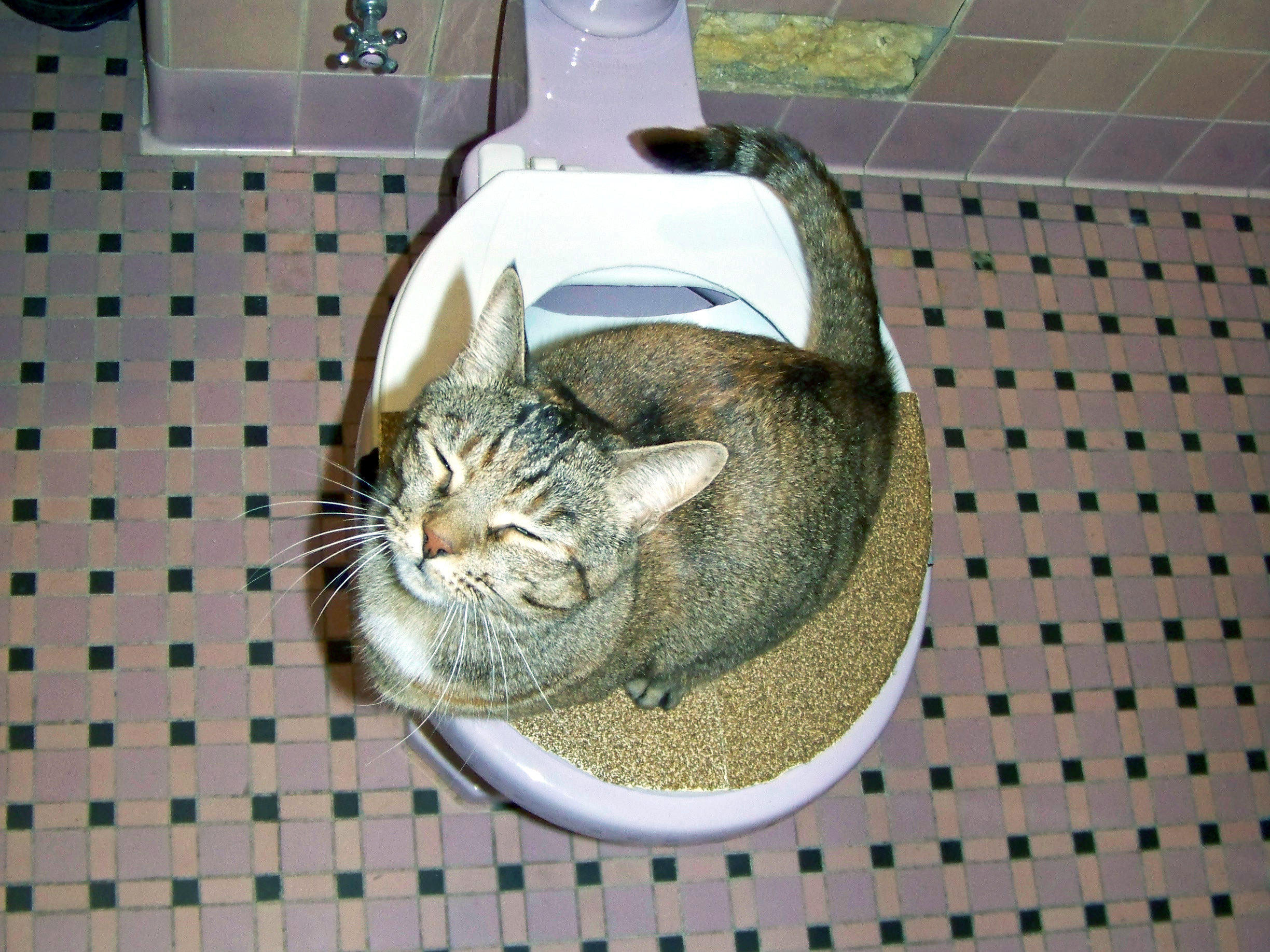The Risks of Flushing Cat Poop in Your Toilet - Preventive Steps
The Risks of Flushing Cat Poop in Your Toilet - Preventive Steps
Blog Article
The author is making a number of good observations about How to Dispose of Cat Poop and Litter Without Plastic Bags in general in the content underneath.

Introduction
As pet cat owners, it's essential to bear in mind exactly how we dispose of our feline close friends' waste. While it may appear practical to purge cat poop down the bathroom, this practice can have damaging effects for both the setting and human health.
Ecological Impact
Flushing cat poop introduces harmful virus and bloodsuckers right into the water, posing a substantial risk to water communities. These pollutants can adversely impact marine life and compromise water high quality.
Health Risks
In addition to environmental concerns, purging pet cat waste can also position health and wellness risks to humans. Pet cat feces might consist of Toxoplasma gondii, a parasite that can cause toxoplasmosis-- a possibly serious health problem, especially for pregnant females and individuals with damaged body immune systems.
Alternatives to Flushing
Thankfully, there are safer and a lot more responsible means to throw away cat poop. Consider the complying with choices:
1. Scoop and Dispose in Trash
The most usual method of getting rid of cat poop is to scoop it right into a naturally degradable bag and toss it in the trash. Make certain to utilize a dedicated trash scoop and dispose of the waste quickly.
2. Use Biodegradable Litter
Select biodegradable pet cat clutter made from products such as corn or wheat. These clutters are environmentally friendly and can be securely dealt with in the trash.
3. Hide in the Yard
If you have a backyard, take into consideration burying feline waste in a designated area away from vegetable gardens and water sources. Make sure to dig deep sufficient to stop contamination of groundwater.
4. Install a Pet Waste Disposal System
Invest in a pet dog waste disposal system particularly designed for feline waste. These systems utilize enzymes to break down the waste, minimizing odor and environmental effect.
Conclusion
Responsible pet ownership extends past supplying food and shelter-- it also includes proper waste administration. By avoiding flushing feline poop down the commode and opting for alternate disposal approaches, we can minimize our environmental footprint and secure human wellness.
Why Can’t I Flush Cat Poop?
It Spreads a Parasite
Cats are frequently infected with a parasite called toxoplasma gondii. The parasite causes an infection called toxoplasmosis. It is usually harmless to cats. The parasite only uses cat poop as a host for its eggs. Otherwise, the cat’s immune system usually keeps the infection at low enough levels to maintain its own health. But it does not stop the develop of eggs. These eggs are tiny and surprisingly tough. They may survive for a year before they begin to grow. But that’s the problem.
Our wastewater system is not designed to deal with toxoplasmosis eggs. Instead, most eggs will flush from your toilet into sewers and wastewater management plants. After the sewage is treated for many other harmful things in it, it is typically released into local rivers, lakes, or oceans. Here, the toxoplasmosis eggs can find new hosts, including starfish, crabs, otters, and many other wildlife. For many, this is a significant risk to their health. Toxoplasmosis can also end up infecting water sources that are important for agriculture, which means our deer, pigs, and sheep can get infected too.
Is There Risk to Humans?
There can be a risk to human life from flushing cat poop down the toilet. If you do so, the parasites from your cat’s poop can end up in shellfish, game animals, or livestock. If this meat is then served raw or undercooked, the people who eat it can get sick.
In fact, according to the CDC, 40 million people in the United States are infected with toxoplasma gondii. They get it from exposure to infected seafood, or from some kind of cat poop contamination, like drinking from a stream that is contaminated or touching anything that has come into contact with cat poop. That includes just cleaning a cat litter box.
Most people who get infected with these parasites will not develop any symptoms. However, for pregnant women or for those with compromised immune systems, the parasite can cause severe health problems.
How to Handle Cat Poop
The best way to handle cat poop is actually to clean the box more often. The eggs that the parasite sheds will not become active until one to five days after the cat poops. That means that if you clean daily, you’re much less likely to come into direct contact with infectious eggs.
That said, always dispose of cat poop in the garbage and not down the toilet. Wash your hands before and after you clean the litter box, and bring the bag of poop right outside to your garbage bins.
https://trenchlesssolutionsusa.com/why-cant-i-flush-cat-poop/

I came across that piece about How to Dispose of Cat Poop and Litter Without Plastic Bags when doing a search on the internet. Sharing is caring. Who knows, you might be helping someone out. Bless you for your time. Come back soon.
Free Quote Report this page